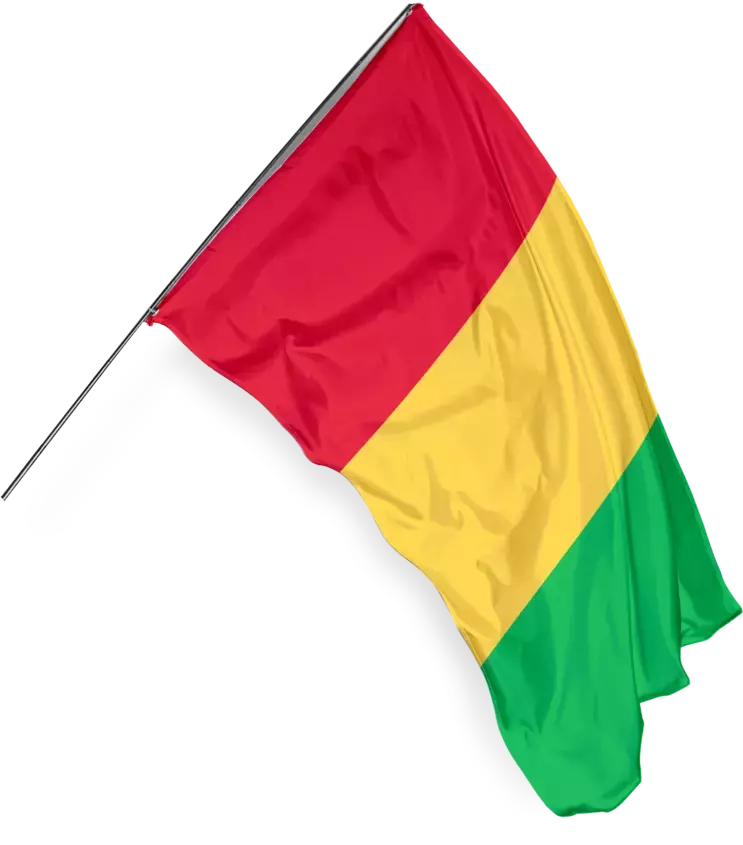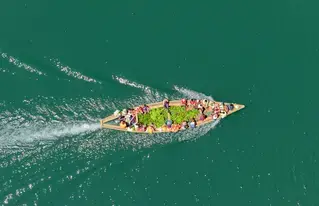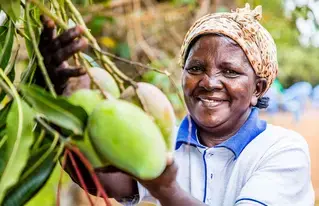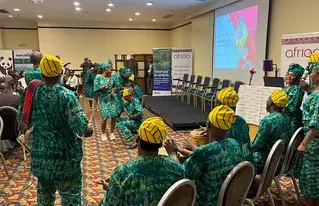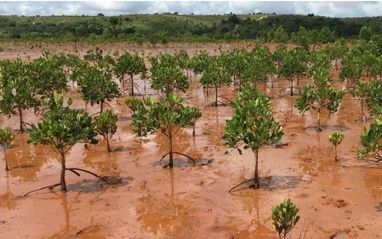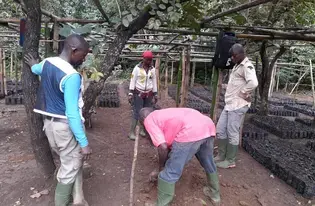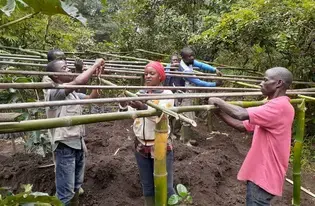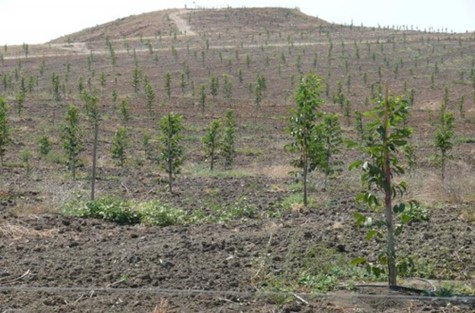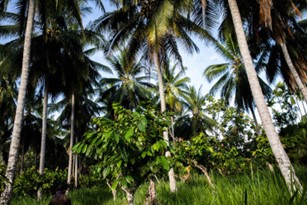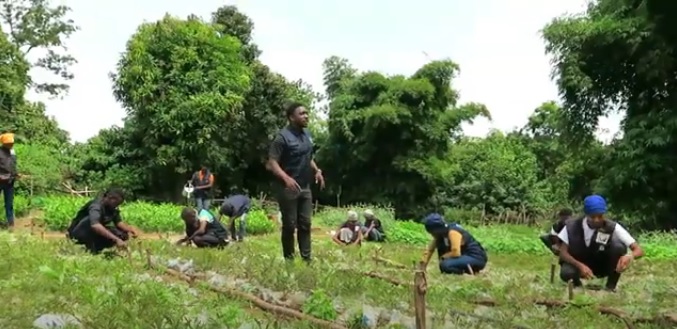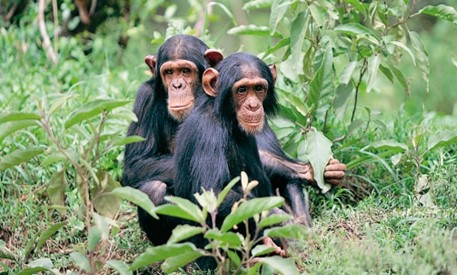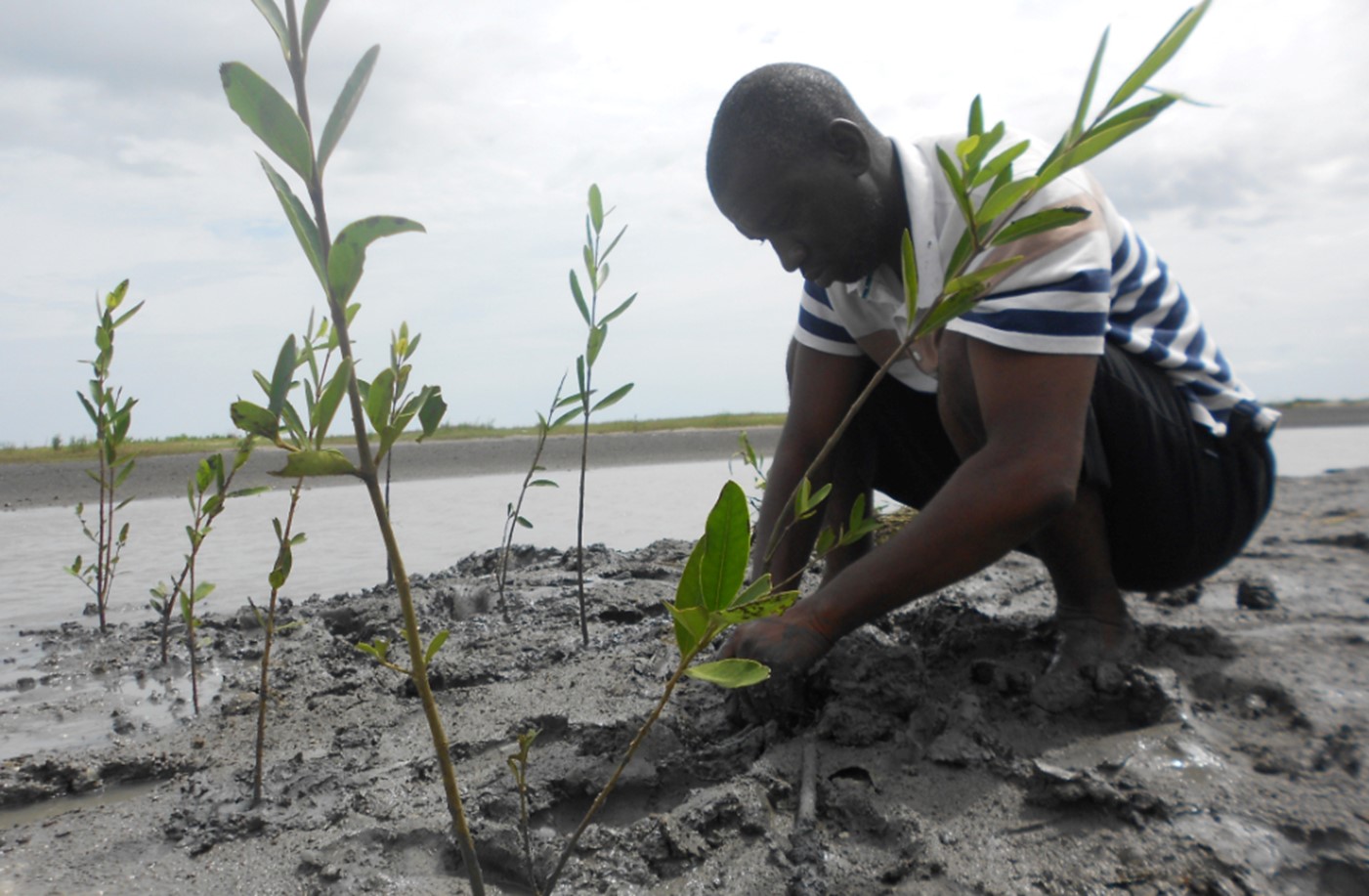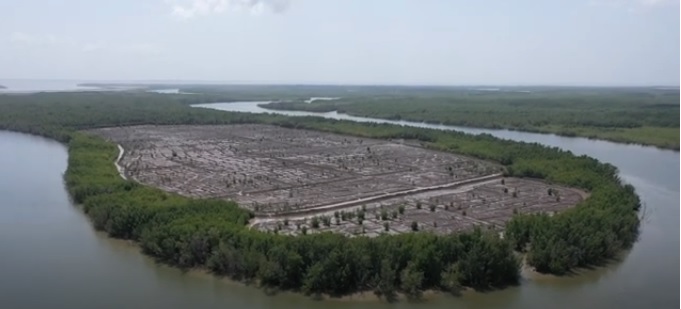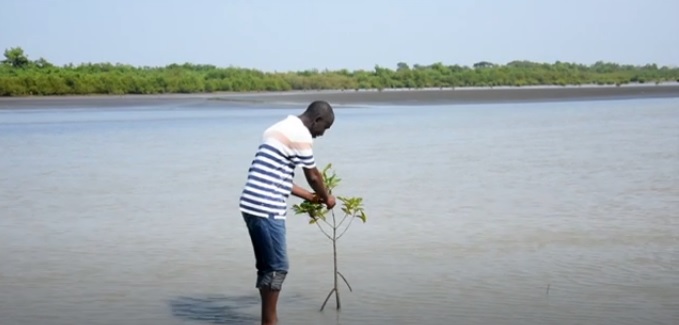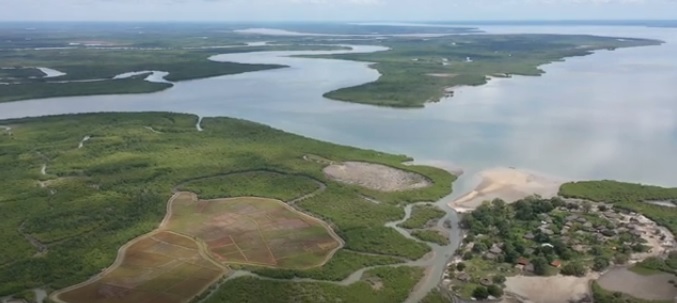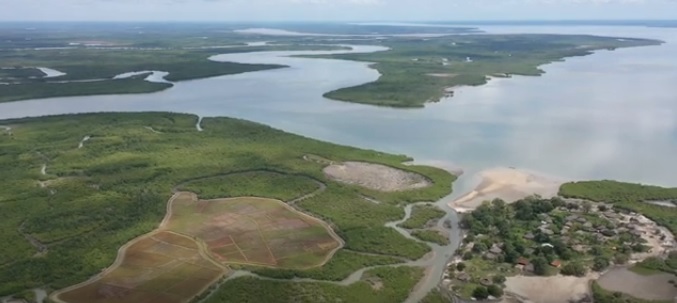Afforestation/Reforestation
It should be noted that the proposed objective to increase the forest area is in line with the country's commitment in the Paris agreement recorded in the Intended Nationally Determined Contribution (INDC) as well as to respond to the Bonn initiative. . Potential hotspots identified include:
- Lower Guinea: mining area, refugee area, Koukoure watershed.
- Middle Guinea: Niger watershed, Senegal watershed and Gambia watershed
- Upper Guinea: mining area, Niger watershed - Forest Guinea: mining area, classified forests
Guinea is launching a vast campaign to reforest land across the country. The initiative of the Guinean Ministry of the Environment and Sustainable Development aims to preserve national biodiversity and rejuvenate a forest cover that has been the victim of massive looting.
